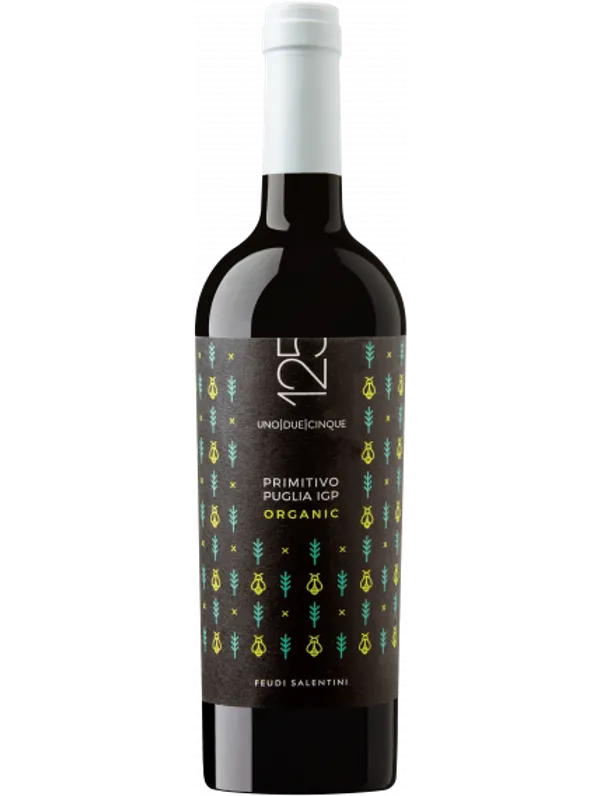
Feudi Salentini 125 Primitivo Biologico
Robust with vibrant cassis and cherry aromas. Velvety texture, ripe tannins, perfect for red meats. No decanting needed; cellar up to 5 years. Crafted in sun-soaked Salento.
Read more
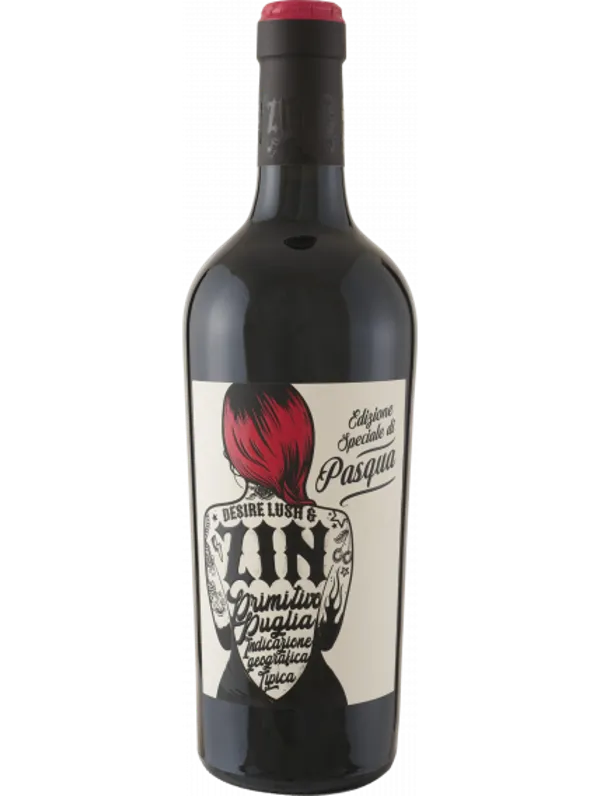
Pasqua Desire Lush & Zin Primitivo
Luscious cassis and dark plum in a full-bodied, velvety profile. Ideal for rich red meats and hearty stews. No need for decanting; cellar-worthy for up to 6 years.
Read more
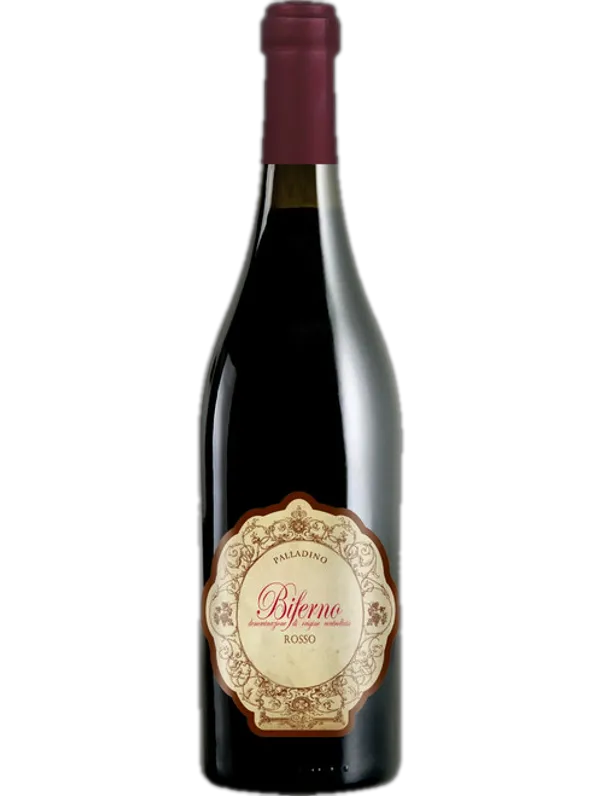
Biferno Rosso DOC
Soft and medium-bodied with a nose of blueberries, cherries, and oak. Enhances with brief aeration; ideal for immediate enjoyment or cellaring for up to 2 years.
Read more
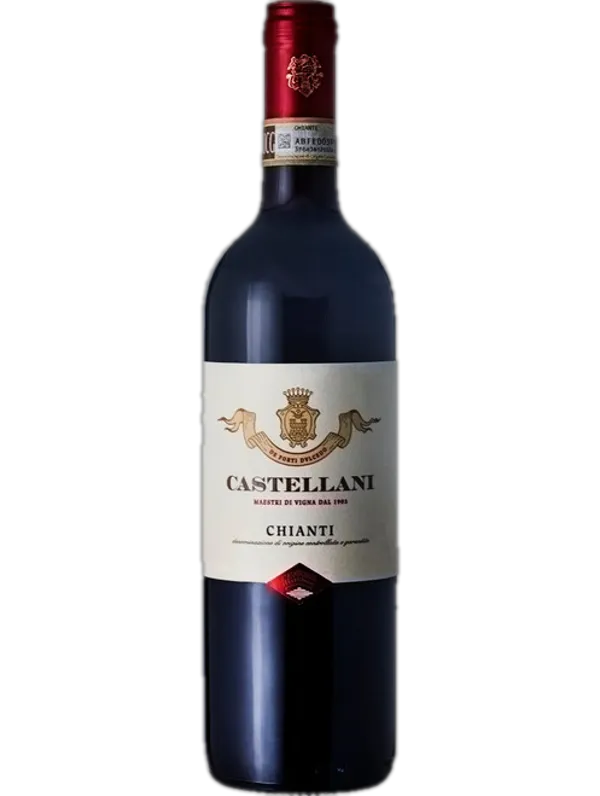
Chianti DOCG
Dry and balanced, this Chianti presents intense fruity aromas laced with violets and a cherry hint. Its light tannins evolve into velvety softness on the palate.
Read more
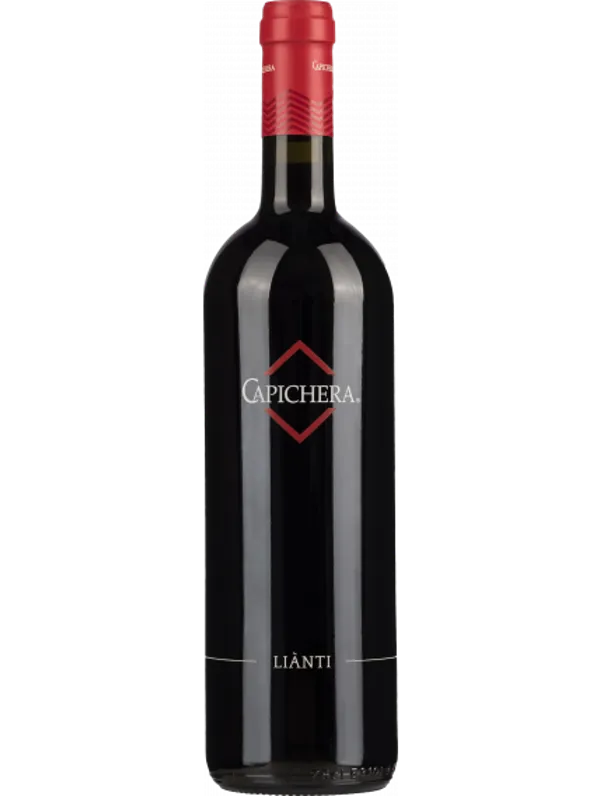
Capichera Lianti
Bold cherry and plum notes, balanced by ripe tannins and a spicy finish. Pairs with lamb. No decant; cellar for 7 years. A Capichera Sardinian classic.
Read more
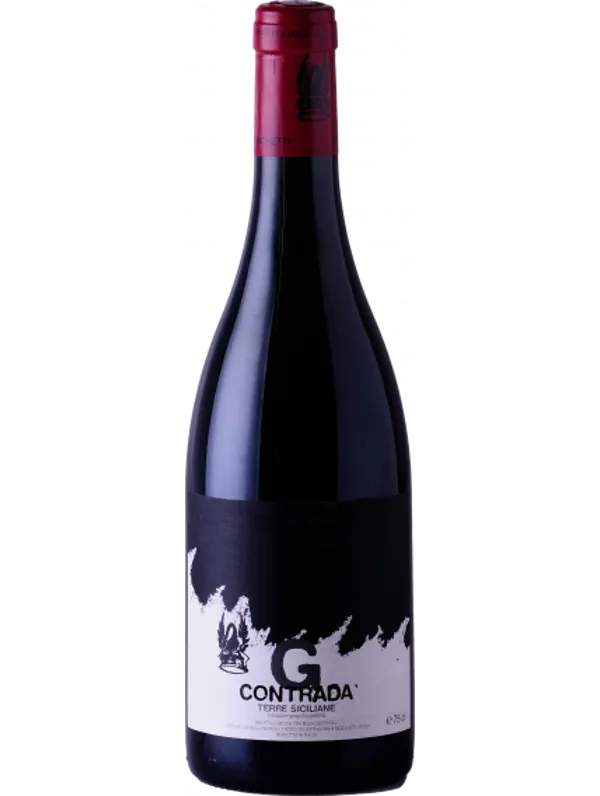
Passopisciaro Contrada G
Intense aromas of red fruits, black cherries, and herbs with mineral undertones. Well-balanced softness and a tannic finish. Open an hour before; pairs with aged cheese and meaty pasta. Cellar up to 15 years.
Read more
Most Known Italian Red Wine Grapes
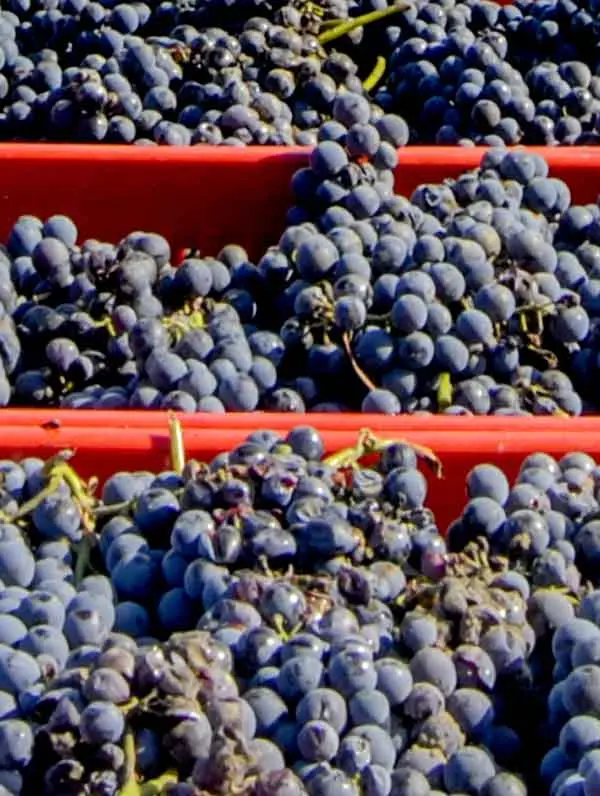
Nebbiolo
Elegant and complex with spices, red fruit and rose flavours. Used in Barolo and Barbaresco
Read more
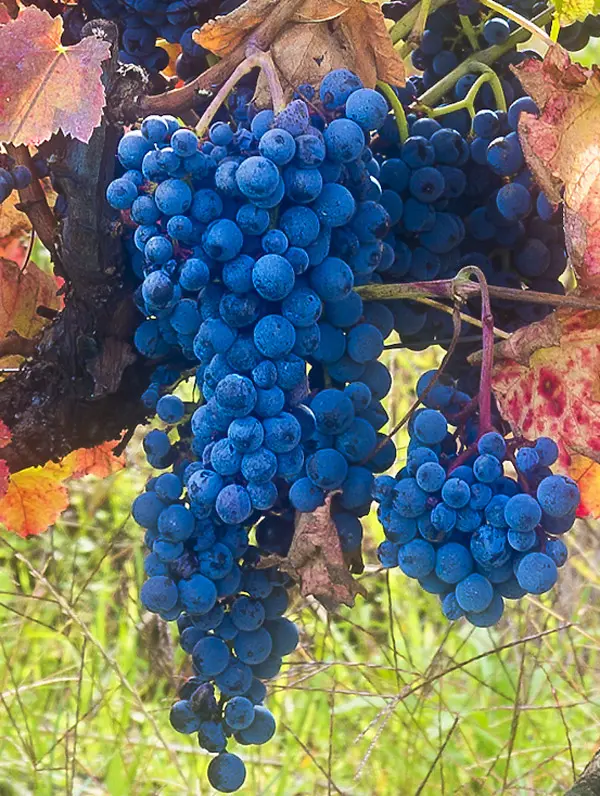
Aglianico
Grown in the volcanic soil of Southern Italy, Aglianico is intense, fruity and floral
Read more
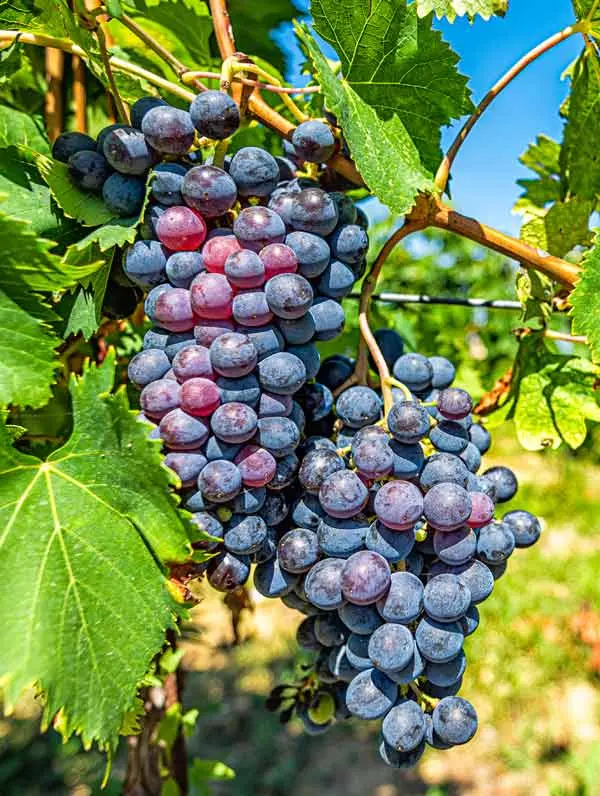
Montepulciano d’Abruzzo
Medium bodied wine from Central Italy, with moderate acidity, gripping tannins and a soft palate.
Read more
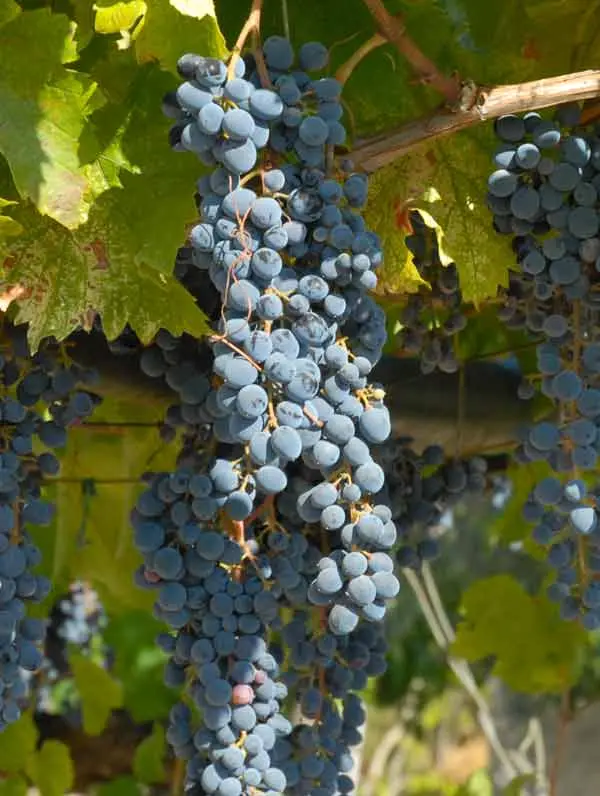
Nero D’avola
Nero D’Avola is bold and fruity with notes of raspberry, liquorice and dried fruit
Read more
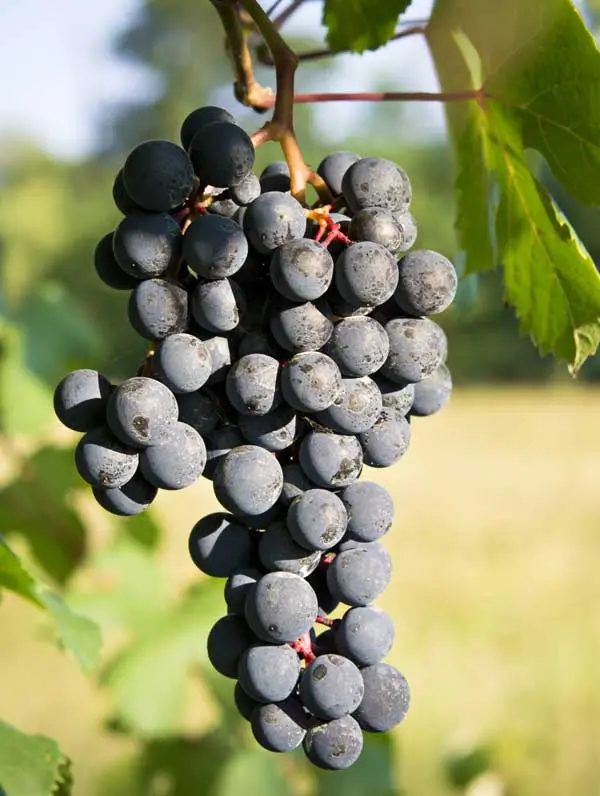
Barbera
Barbera wine offers great value and are extremely approachable and particularly food friendly.
Read more
Italian Regions Famous for Red Wine
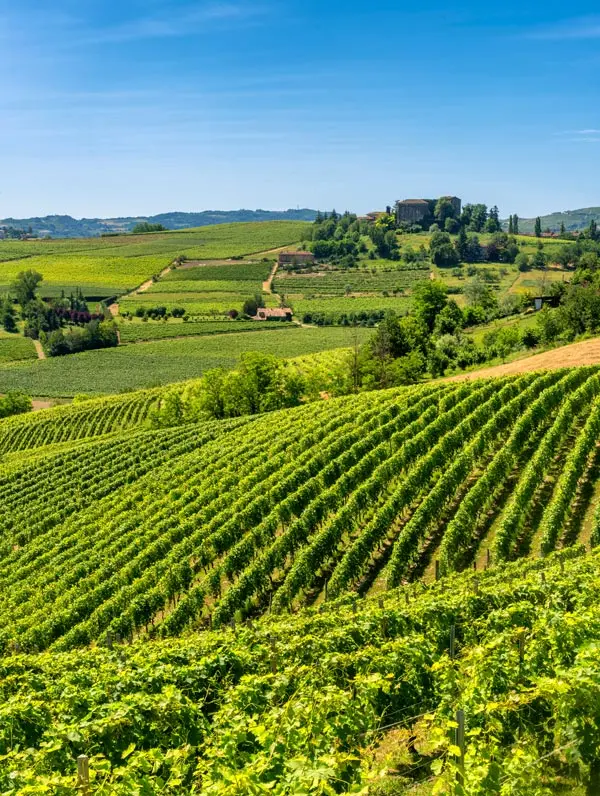
Piedmont
Boasting over 44,000 hectares of vineyards, Piedmont produces world-famous red wines
Read more
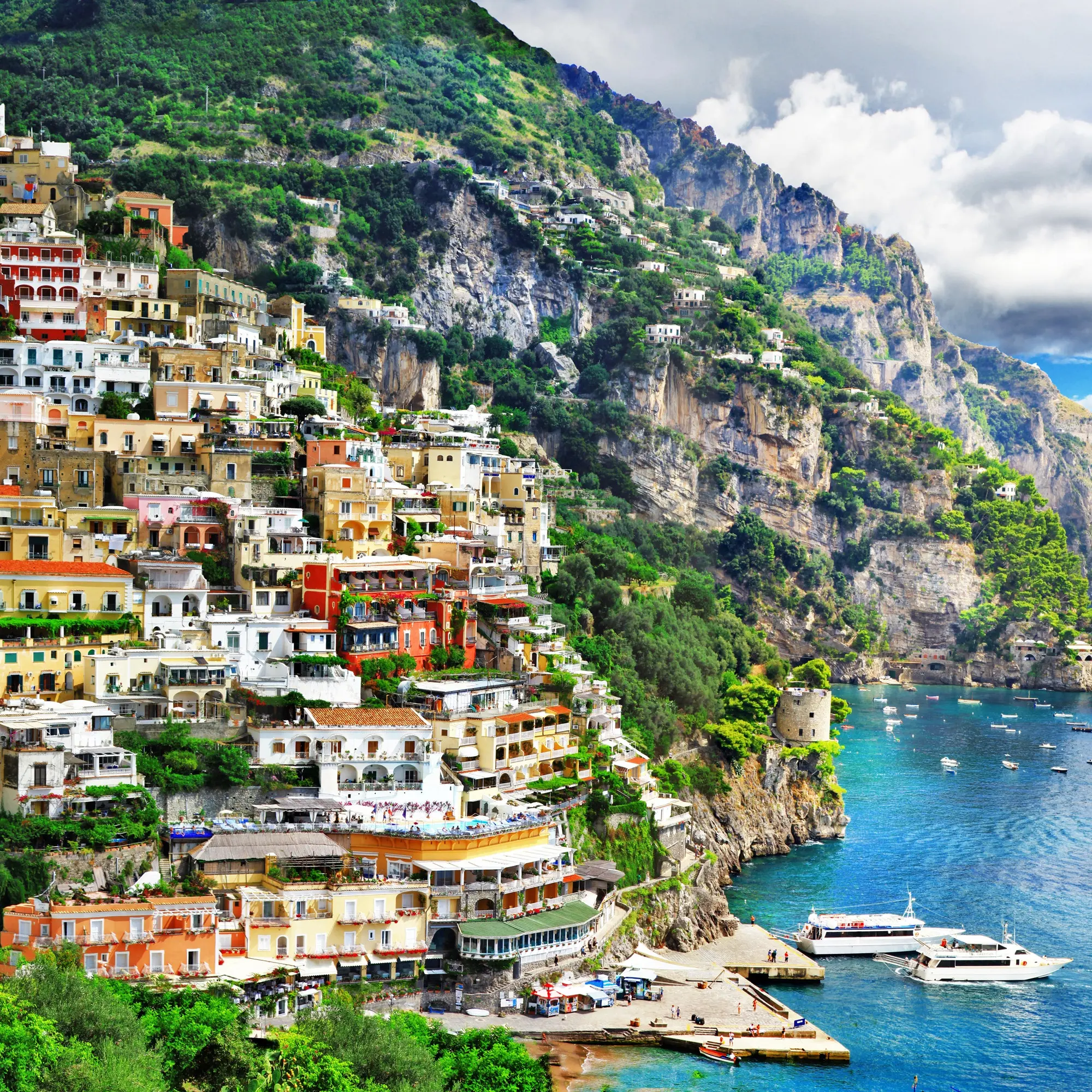
Tuscany
A diverse range of red wines primarily made with Sangiovese. Chianti is the most famous
Read more
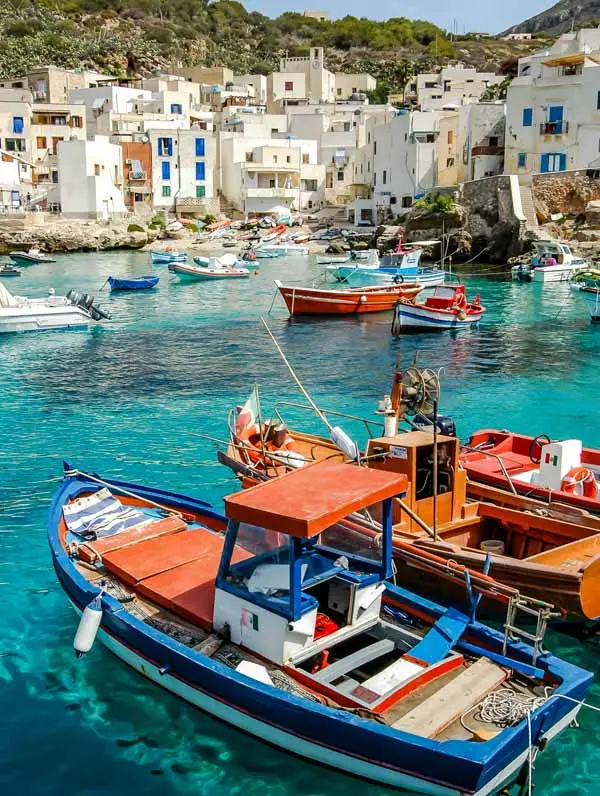
Sicily
Home to a variety of bold red wines including Etna Rosso, Frappato, and Nero D’avola
Read more
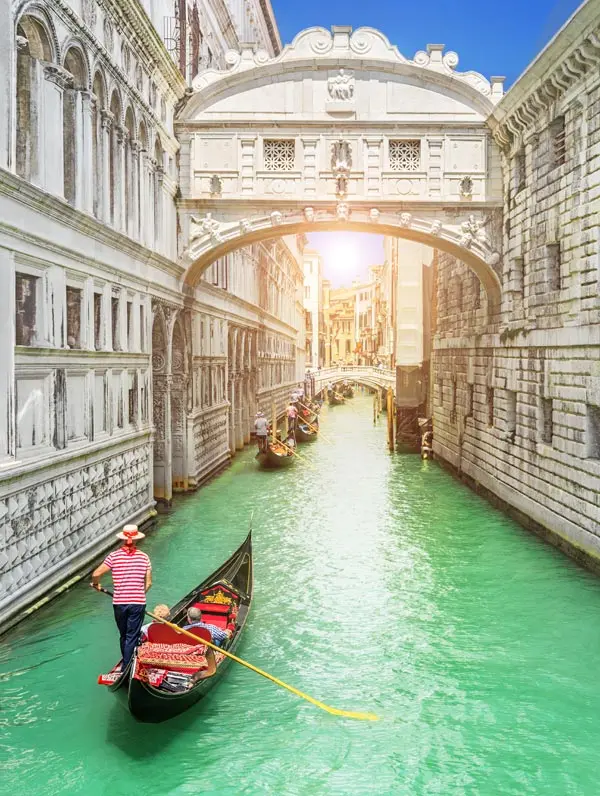
Veneto
Valpolicella is the most famous red wine of the Veneto, in particular Amarone della Valpolicella
Read more
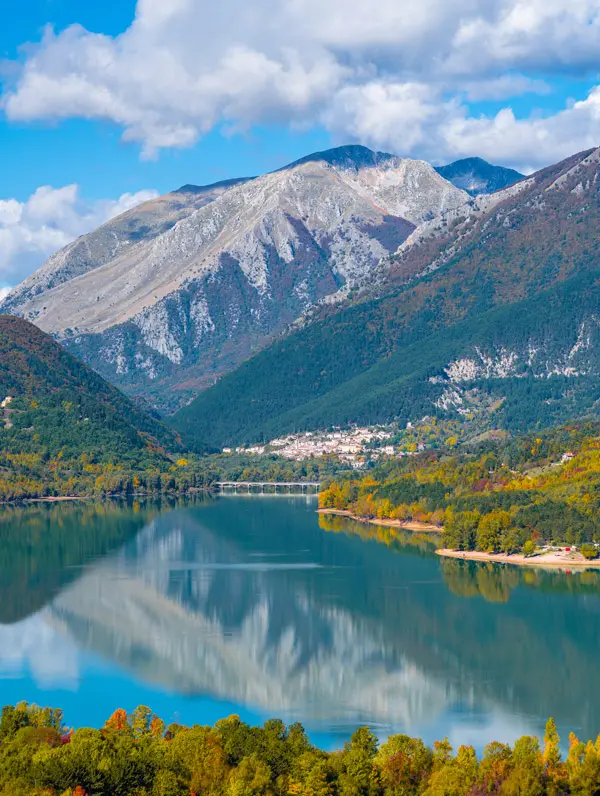
Abruzzo
A long tradition of fun, bold red wines made with Montepulciano
Read more
Pairing Food with Italian Red Wines
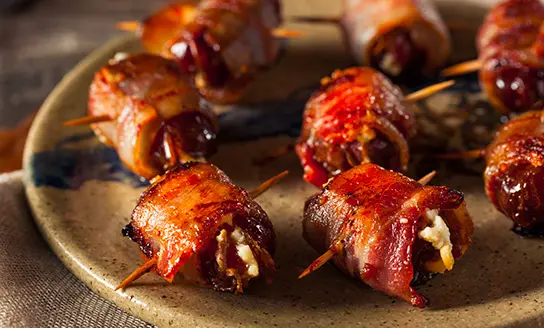
Starter: Bacon Wrapped Dates with Blue Cheese
Each element in this starter makes a fabulous sweet and salty combination with Aglianico. This is also a great snack for when your Aglianico finishes decanting.
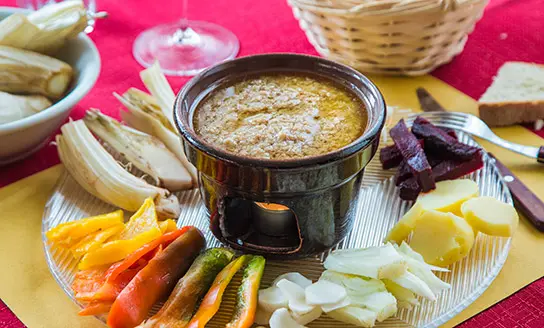
Starter: Crudités platter served with bagna cauda
A garlic dip sauce that represents a classic of the Piedmontese cuisine and requires a nice and fresh Barbera d’Asti
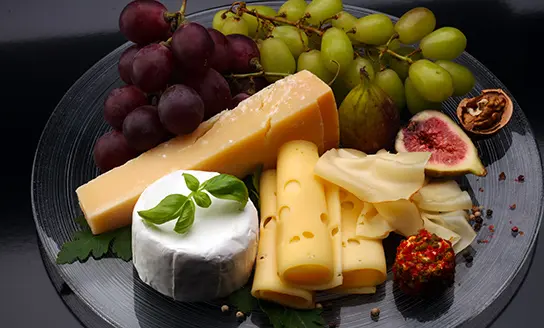
Starter: "Fatty" cheeses like Gouda, aged Cheddar and Parme
These cheeses are rich in protein which helps to smooth the tannins.

Main course: Pappardelle with Lamb Ragù
This classic Abruzzese ragù works wonders with the spicy and fruity structure of Aglianico. With one sip, the lamb simply melts in your mouth.

Main course: Polenta
A traditional dish from the northern regions. Perfect to be enjoyed in the winter season with a nice glass of Barbera d’Alba.
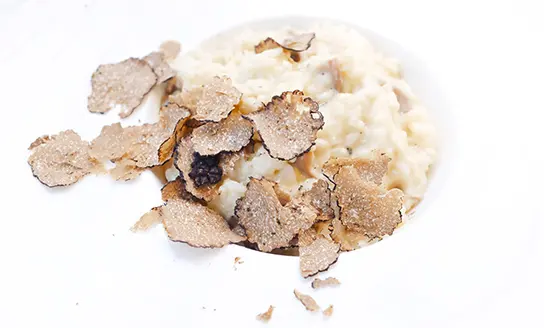
Main course: Truffle Risotto
Barolo is often aged and truffle flavours can be detected in the best bottles.
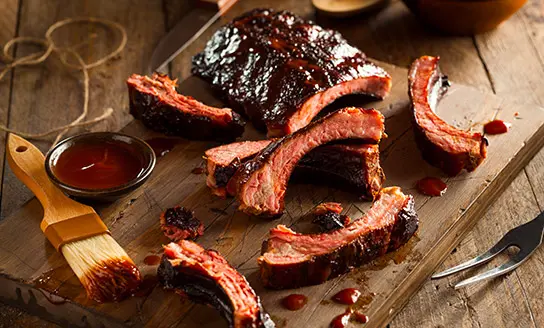
Second course: Smoked Baby Back Ribs
This traditional American barbecue dish pairs perfectly with the smoky richness of Aglianico. The Aglianico cuts the salt and brings out that awesome barbecue flavor.
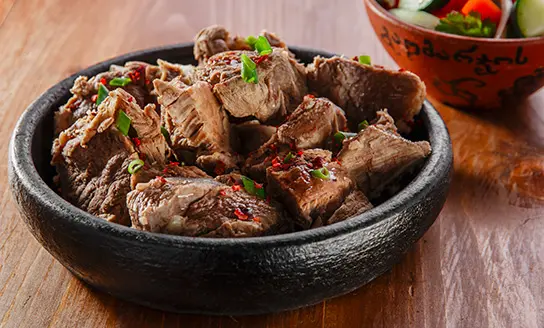
Second course: Mixed boiled meat
A hearty dish of Piedmontese origins, made with several beef and veal cuts, and served with traditional sauces. Have it with Barbera Monferrato.
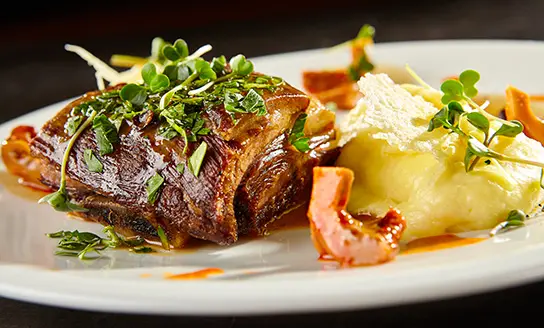
Second course: Smoked beef brisket with potato puree
Barolo pairs brilliantly with smoky meat flavours; the salty beef will smooth out the tannins in the wine.
Italian red wines vary in style, richness and flavours throughout the regions but all are made to pair with food. From starters to dessert, savoury to sweet, there is an Italian wine for every dish. Beside the obvious match of red meat, red wine can really complement a large variety of dishes. Let’s go over some classic and not-so-classic pairings that will surely inspire you to try some new Italian wines
Want to know it all?
What makes Italian red wine great
For starters, Italy has over 300 indigenous grape varieties, which lend huge complexity and variety to their red wines.
Italy also has diverse microclimates and terroir which adds to the wide range of Italian red wines you can find on your local wine shop’s shelves. Terroir plays an incredibly important part in wine production and can directly affect wine flavours.
For example, grapes grown in volcanic soil (such as Etna wines from Sicily) will be smoky, when grapes grown in a coastal region may be fresh and crisp with lively acidity.
Finally, Italians are famous for producing high-quality wines, often in small quantities. Attention to detail and centuries of practice have made Italy one of the most iconic wine-making regions in the world.
Noteworthy Italian Red Wines in Details
-
Chianti (key-AHN-tee)
Chianti is probably the most famous Sangiovese based red wine in the world. On the nose, typical scent include of violets and sour red cherries. The palate is fruity, dry with a balanced structure. “Classico’ denotes that the grapes have been grown in the historic, smaller production area. “Riserva” means the wine has been aged for at least 2 years. “Superiore” wines will have a minimum alcohol content of 12%.
-
Nebbiolo (ne-bee-OH-low)
Complex and elegant with notes of spices, red fruit and roses, Nebbiolo is used to make the iconic wines of Barolo and Barbaresco. Ranging from light to full-bodied, Nebbiolo is aromatic and perfumed with notes of rose petal, orange peel and clove.
-
Aglianico (ah-lee-AHN-ee-coh)
This is a red variety produced in Southern Italy, with the best examples coming from the volcanic areas of Campania and Basilicata. Intense, fruity, floral and spiced, this wine ages beautifully and pairs well with smoked meats and cheeses.
-
Montepulciano d’Abruzzo (mon-teh-pool-chee-AH-no dah-BRUT-so)
Medium-bodied Central Italian wine with moderate acidity and a soft palate. Produced in Abruzzo Montepulciano’s reputation was for fun, value-for-money wines but now is finally gaining recognition for its quality offerings.
-
Nero D’avola (nair-oh davo-la)
If you like Cabernet Sauvignon or Syrah (Shiraz), you’ll love Nero D’Avola. Bold, fruity and tannic with notes of raspberry, liquorice, herbs and dried fruit. This is a distinctively dark grape (Nero means black in Italian).
-
Amarone (ah-ma-ROH-neh)
A prestigious wine from Valpolicella in Verona, notably made with a portion of dried grapes. Amarone has intense notes of dried fruit and spices and is rich, velvety and luxurious. The dried grapes lend Christmas cake spices and a viscous texture to the final wine.
-
Lambrusco (lam-BROO-skoh)
Sparkling red wine from Emilia-Romagna. Easy-drinking, unpretentious and versatile, Lambrusco ranges from dry to sweet and everything in between. Dry Lambrusco pairs beautifully with savoury starters, while sweeter Lambrusco can be great with desserts.
Red Wine Regions in Details
-
North West
This area includes the regions of Piedmont, Lombardy, Liguria, and Valle D’Aosta. Piedmont is home to more than 44,000 hectares of vineyards, located on beautiful rolling hills.
It’s normal to manually work the vines in this region and there tend to be low yields to enhance concentration and quality.
This region produces famous red wines such as Barolo, Barbaresco, Barbera, and Dolcetto. Neighbouring Piedmont is Valle D’Aosta which has a much smaller wine production due to extreme climatic conditions thanks to its mountainous territories.
The region produces a wide range of prestigious wines, including excellent examples of Gamay and Pinot Noir.
Further South, the region of Liguria does not produce many red wines, due to its terroir being more suitable for whites. To the East, Lombardy offers a large array of microclimates due to its several lakes. This makes it a major area for red wine production.
-
North East
The North East of Italy stretches from Veneto and Trentino Alto Adige to Friuli Venezia Giulia. It has beautiful mountains and coastlines which are actually quite well suited to white wine production such as Soave Classico. However, there are some impressive red wines from the area too, like Amarone della Valpolicella from Veneto. You will also find smaller yet interesting local wines such as the Teroldego Rotaliano from Trentino Alto Adige.
-
Central
Central Italy is an expansive area that includes the regions of Emilia Romagna, Toscana, Umbria, Lazio, Marche, Molise, and Abruzzo. All of them produce several red and white wines but Tuscany is probably the most internationally recognised. Some of Tuscany’s most popular reds include Chianti, Brunello, and Vino Nobile di Montepulciano.
Further south is Umbria, a small region producing big reds such as Sagrantino di Montefalco. On Italy’s Eastern coastline, you will find Abruzzo. It has a long tradition of making value for money table wines with plenty of alcohol. More recently, the region has become known for quality-oriented wine production, gaining particular success with Montepulciano. Just below Abruzzo lies Molise. There, interesting red wines, such as Biferno, are produced. The small size of the region limits production, keeping wines from this region very local and exclusive.
-
South & Islands
Southern Italy and the Italian islands offer an abundance of choices. Red wines tend to be full-bodied and juicy thanks to the hot climate. Calabrese Ciro’, Primitivo from Puglia, or even Cannonau from Sardinia are the top examples. Many wines are incredibly strong, structured and ageworthy such as Aglianico from both Campania and Basilicata, whose wines are bold and elegant. Wines from Mount Etna in Sicily will impress many, with their smoky undertones.
FAQS
What is a good red wine for beginners?
A great Italian red wine for beginners is Barbera d’Alba or Chianti Classico. These two wines are emblematic of their famous wine regions and are very drinkable. They also pair wonderfully with many food types.
What is the most popular Italian red wine?
The most popular Italian red wine is Chianti. It is famous everywhere in the world! Made from Sangiovese, this wine has different classifications (Classico, Riserva, Superiore), is easily available and provides great value for money.
What is the most expensive Italian red wine?
Barolo tends to be the most expensive Italian red but Amarone della Valpolicella gives it a run for its money. Barolo’s particular ageing process and viticultural requirements, as well as a high demand for top bottles make it the most expensive across the board
